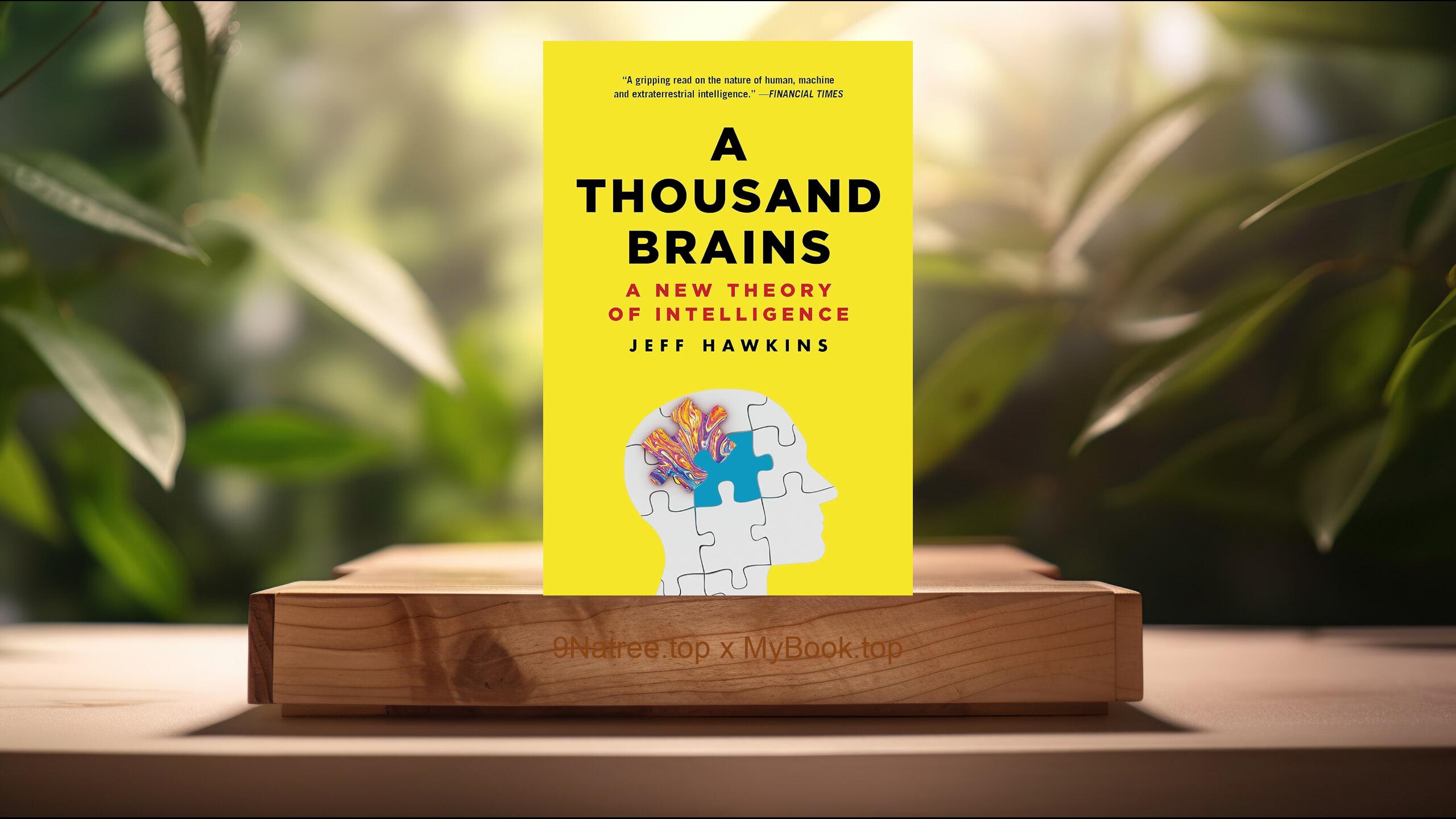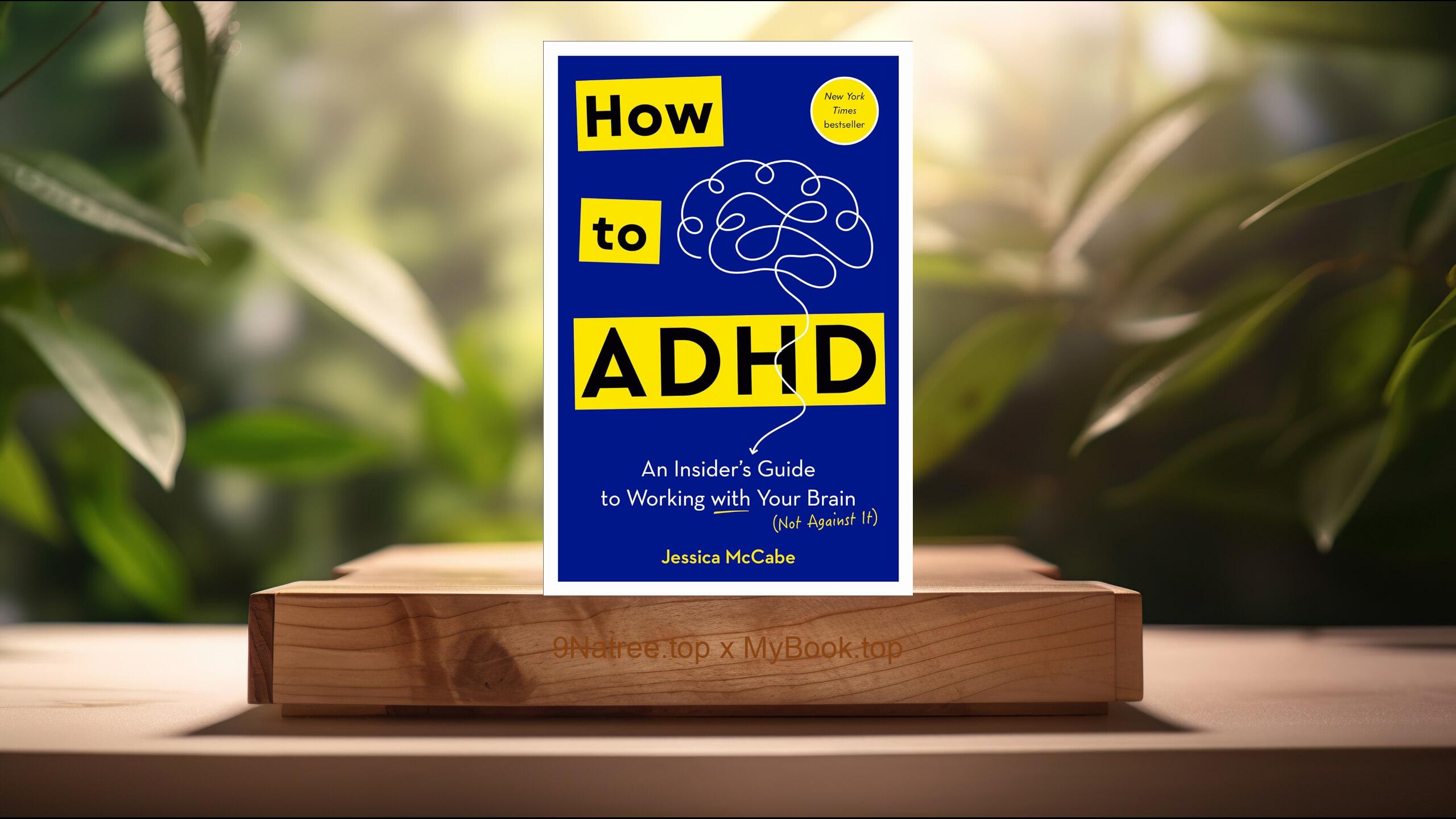Show Notes
- Amazon US Store: https://www.amazon.com/dp/B0B1TRPQCT?tag=9natree-20
- Amazon Worldwide Store: https://global.buys.trade/Ultra-Processed-People-Chris-Van-Tulleken.html
- Apple Books: https://books.apple.com/us/audiobook/ultra-processed-people-why-we-cant-stop-eating-food/id1688513439?itsct=books_box_link&itscg=30200&ls=1&at=1001l3bAw&ct=9natree
- eBay: https://www.ebay.com/sch/i.html?_nkw=Ultra+Processed+People+Chris+Van+Tulleken+&mkcid=1&mkrid=711-53200-19255-0&siteid=0&campid=5339060787&customid=9natree&toolid=10001&mkevt=1
- Read more: https://mybook.top/read/B0B1TRPQCT/
#Ultraprocessedfoods #Nutritionalhealthrisks #Foodpolicyandregulation #Sustainableeatinghabits #Globalfoodsystemreform #UltraProcessedPeople
These are takeaways from this book.
Firstly, Definition and Dominance of Ultra-Processed Foods, Ultra-processed foods are defined by their extensive industrial processing and the use of synthetic ingredients. These products are engineered to be hyper-palatable, affordable, and convenient, which has led to their dominance in the global food market. This chapter explores how these foods have been designed to exploit our biological cravings for sugar, fat, and salt, making them nearly irresistible. Furthermore, it delves into the marketing strategies employed by food corporations to increase consumption among all age groups, highlighting the societal shift towards convenience over nutritional value.
Secondly, Health Implications, The consumption of ultra-processed foods has been linked to a range of health issues, including obesity, diabetes, heart disease, and certain types of cancer. This section provides a comprehensive review of the scientific evidence connecting these foods to poor health outcomes. Through an analysis of dietary studies and clinical trials, Van Tulleken illustrates how the additives, preservatives, and lack of nutritional content in these products contribute to disease. It also tackles the controversial topic of food addiction, suggesting that the engineered nature of these foods can lead to compulsive eating behaviors.
Thirdly, The Role of Policy and Regulation, A significant portion of the book is dedicated to exploring the role of policy and regulation in the proliferation of ultra-processed foods. Van Tulleken criticizes the current regulatory environment for being too lenient on food corporations, allowing them to prioritize profits over public health. He proposes several policy solutions, including taxing ultra-processed products, mandatory health labeling, and regulating advertising targeted at children. This chapter also examines successful case studies from around the world where government intervention has led to positive health outcomes.
Fourthly, Personal and Societal Solutions, Understanding that change at the individual level can influence broader societal transformation, this section offers practical advice on how to reduce reliance on ultra-processed foods. It discusses the importance of cooking from scratch, using whole foods, and developing an awareness of food labeling. Van Tulleken encourages readers to become advocates for change within their communities by supporting local food systems, participating in food education programs, and challenging the normalization of ultra-processed foods in our diets.
Lastly, The Future of Food, In the concluding chapter, Van Tulleken presents a vision for the future of food that emphasizes sustainability, nutrition, and equity. He argues that a global shift towards plant-based diets and a reduction in food waste can help combat the rise of ultra-processed foods. By integrating insights from nutrition science, environmental sustainability, and social justice, this section calls for a holistic approach to food reform. It highlights innovative solutions and technologies that can support the transition to a food system that nourishes both people and the planet.
![[Review] Ultra-Processed People (Chris Van Tulleken) Summarized](https://episodes.castos.com/660078c6833215-59505987/images/1792767/c1a-085k3-34kxxv2zcx6k-hvgyub.jpg)




